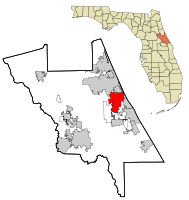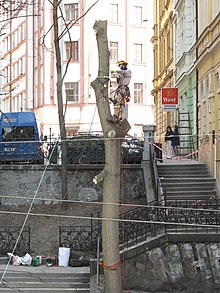Choosing the right tree removal professional in Port Orange, FL, is crucial to ensuring your property's safety and maintaining its aesthetic appeal. What is the Best Approach to Choosing the Best Tree Removal Professional in Port Orange, FL? Discover Expert Tree Removal Services Today! . Tree removal can be a dangerous task, requiring specialized equipment and expertise. It's essential to select a professional who can handle the job efficiently and safely. Here's a guide to help you discover expert tree removal services in Port Orange today.
Research and Referrals
Begin by conducting thorough research. Check online directories, local forums, and social media groups for tree removal services in Port Orange. Look for companies with strong reputations and a history of providing quality service. Referrals from friends, family, or neighbors who have had tree removal services done can be incredibly valuable. Personal experiences can give you insights into the professionalism and quality of work you can expect.
Check Credentials and Qualifications
Tree removal is a specialized service that requires proper qualifications. Ensure the professionals you consider are licensed and insured. Licensing confirms that the company is legally permitted to operate in your area, and insurance protects both you and the workers in case of accidents or property damage. It's also wise to check for any certifications from reputable arboricultural associations, which indicate a commitment to industry standards and continuous learning.
Experience Matters
Experience is a critical factor when choosing a tree removal service. An experienced company will have the necessary skills to handle complex removals, such as large trees or those in difficult locations. Ask potential services about their experience with similar jobs and request before-and-after photos or case studies of their work.
Safety and Equipment
The safety of both the workers and your property is paramount. A professional tree removal service should adhere to safety standards and use the proper equipment for the job. Conservation This includes safety gear for the workers, as well as cranes, chainsaws, wood chippers, and other necessary tools that are well-maintained. Aerial Don't hesitate to ask about their safety protocols and the equipment they use.
Get an Estimate
Price is an important consideration, but it shouldn't be the only one. Request detailed, written estimates from several companies. This will not only give you an idea of the cost but also an insight into how thorough and professional the service is. Be wary of quotes that are significantly lower than others; this could indicate a lack of experience or insurance.
Look for Professionalism and Communication
Professionalism and communication are essential traits of a reliable tree removal service. From your first contact, note how the company communicates. Are they prompt and clear in their responses? Do they provide a formal quote and a written contract? A professional company will be transparent about the process and willing to answer any questions you have.
Check Reviews and References
Online reviews can be a goldmine of information about how a company operates. Look for reviews on independent websites, and take note of both positive and negative feedback. Additionally, ask the company for references from past clients. A trustworthy service will be happy to provide them, and speaking to these references can give you peace of mind.
Make a Responsible Choice
Finally, consider the company's approach to the environment. Do they offer stump grinding or removal? Climber What do they do with the removed trees? An eco-friendly company will have a plan for disposing of the wood in a responsible manner, such as recycling it or turning it into mulch.
In conclusion, finding the best tree removal professional in Port Orange, FL, requires a combination of research, verifying credentials, assessing experience and equipment, understanding pricing, evaluating professionalism and communication, and considering the company's environmental practices. Chipper By taking these steps, you can feel confident in your choice and ensure that your tree removal is handled with the expertise and care it deserves.









